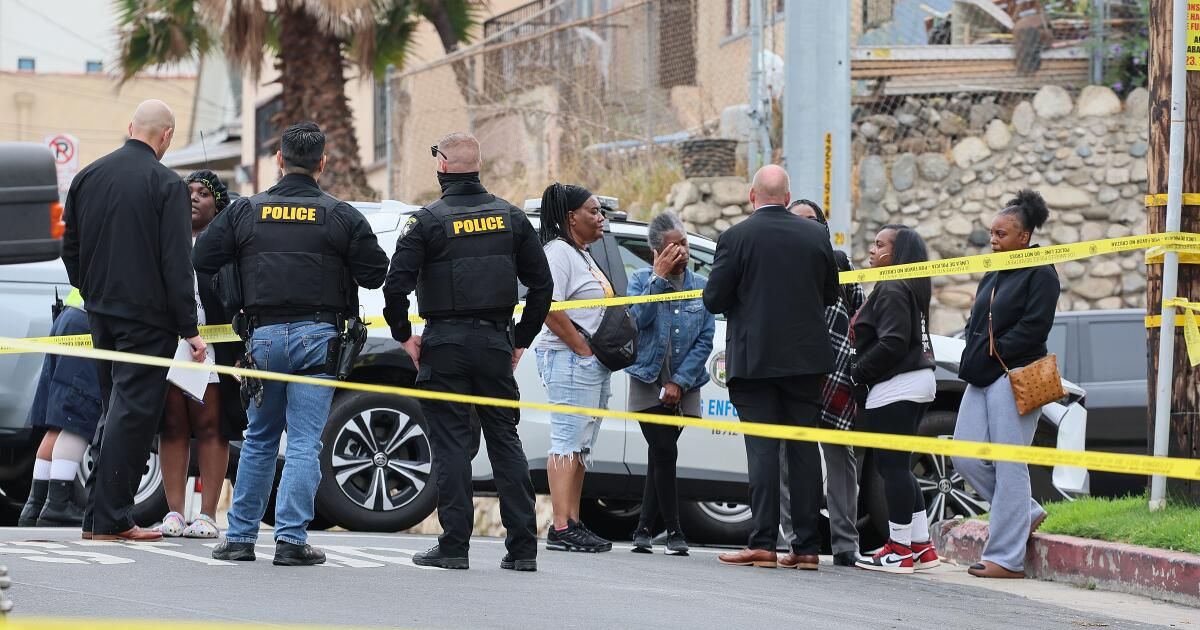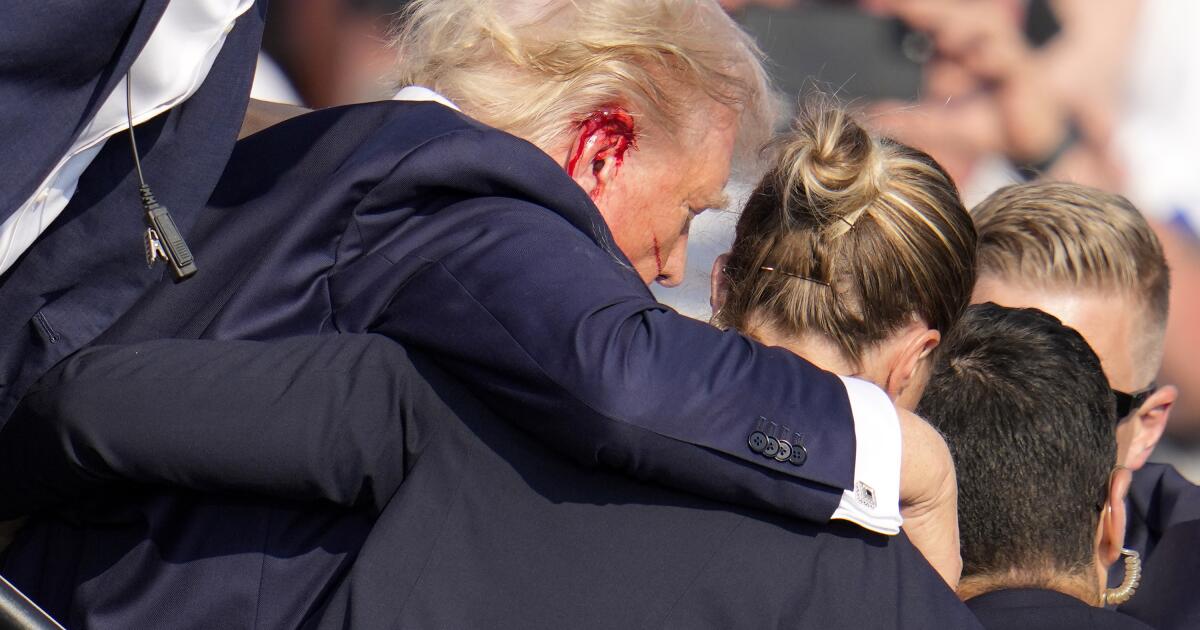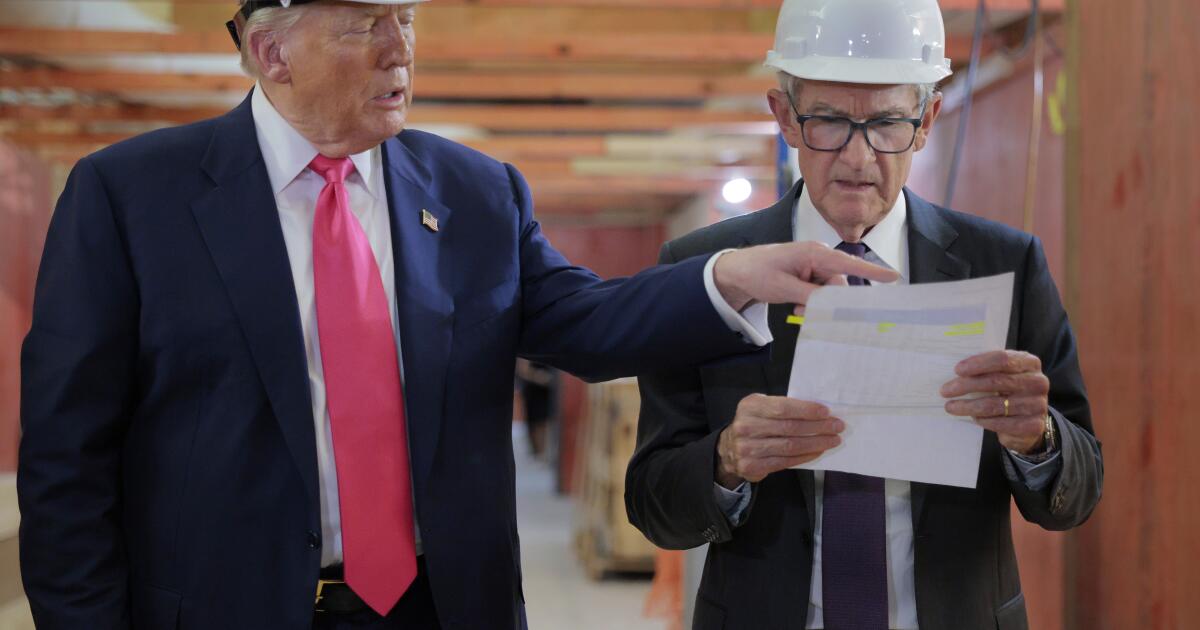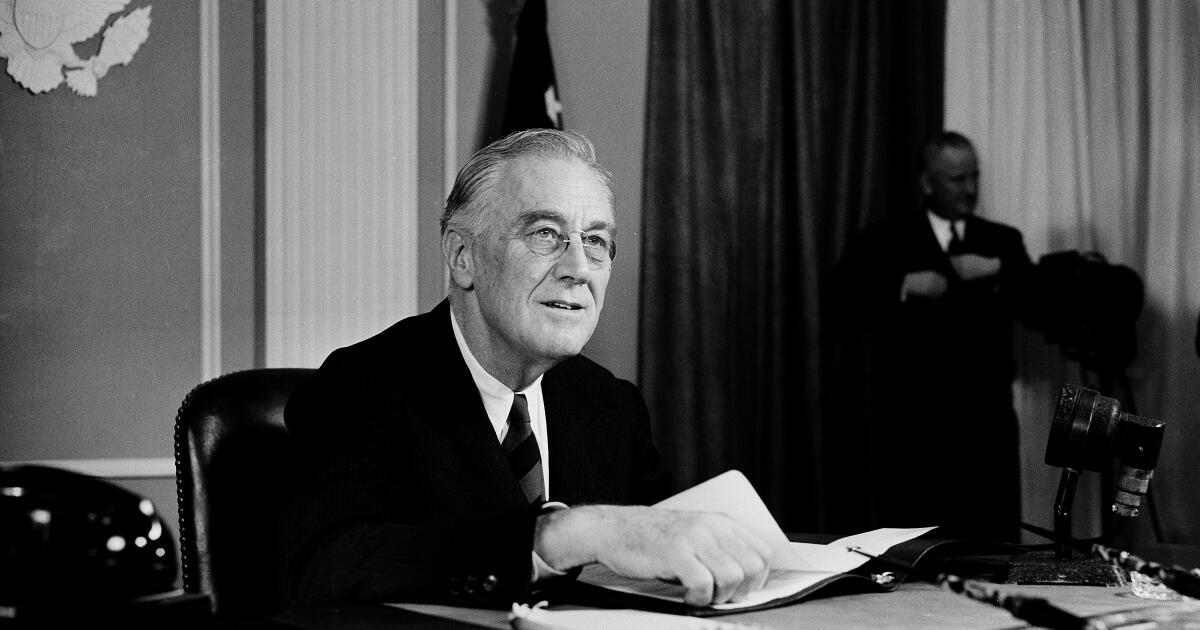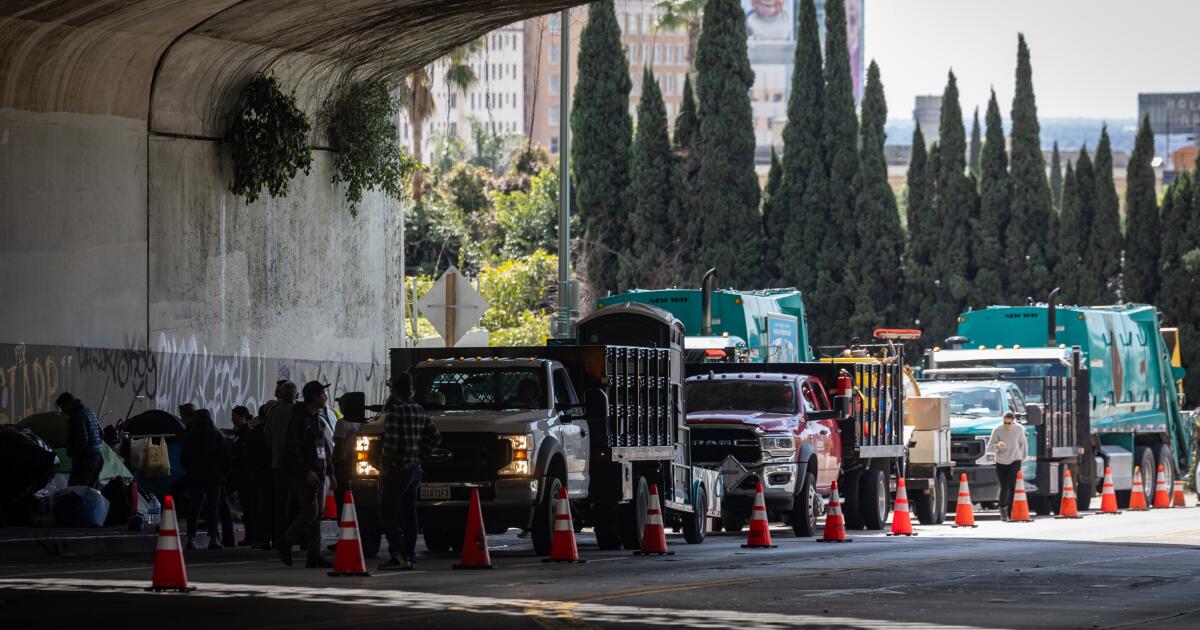After three shootings involved by officers in three consecutive days at the end of August, the Los Angeles Police Commissioners publicly pressed the chief Jim McDonnell: What else can the department do to prevent the officers from opening fires? It is a fair question: each police shooting demands scrutiny. But treat the three -day cluster last month, or even a general Tiring increase during a calendar Year as we are now seeing in 2025, since the proof of a cultural problem loses both the long -term trend and the specific facts that determine whether any use of force is reasonable.
Start with the trend line. In 1990, LAPD registered 115 shootings involved by officers (OIS). Today, after decades of reform and training, the standard after 2018 of the department has been reduced to approximately 32 OI per year, a reduction of approximately 43% of several years prior to 2018, when the LAPD instituted a new training doctrine. And a 72% drop in 1990. That is not a statistical error; It is a generational change. And it coincides with a doctrine that emphasizes the restriction and, more recently, “command and control”, which includes designating a leader, creating time and distance, coordinating less lethal options and preventing contagious fire.
That expectation assumed the urgency after a tragic incident of June 2018 in a Church of Van Nuys, during which a hostage was murdered; The reform that followed was directed directly to improve coordination, reduce chaos and safeguard the public.
Now consider what drives the shootings first. When we analyze three decades of data, a variable explains most of the increase and fall in OIS: violent crime. About 70% of changes in police shootings, up or down, can be explained by violent crime levels. In practical terms, for each increase of 100 violent crimes per 100,000 residents, it tends to see about three shootings more involved by officers per year. Once we count the crime, the passage of time, the calendar year, ceases to be a significant predictor. In simple English: shootings track the risk, not temperament.
That is why the most revealing evidence of the department's culture is whether the officers trigger more or less than the crime environment would predict. Since the command and control reform was implemented in 2018, LAPD has constantly averaged 7.6 less OI per year. If the LAPD were really “happy”, as some police commissioners, politicians and activists suggest, we would see otherwise. We don't. We see a sustained pattern of restriction in relation to the level of violent crimes officers confront.
What about the optics of “three officers involved in shootings in three days”? It is alarming but also uncommon. The responsible reaction is to examine each case, not infer the reason for time or holders. The three recent incidents originated in the so -called Citizens to 911 for violent events, not stopped by officers. In one, the officers reached the sound of active shooting and faced an armed suspect in a vehicle. In another, a suspect produced a 12 -inch knife when the officers tried to stop him after responding to an assault call with a weapon weapon. In the third, the officers were triggered from a residence and returned fire; They contained the scene, called Swat and medical support, rescued a victim and resolved the confrontation without additional shots. This is precisely how the command and modern control is supposed to be seen in a police shooting: supervision, coordination, time and distance and force.
The widest trend strengthens this point. Since 2018, the annual totals of the department for OIS have not only maintained well below the levels of the early 1990s, but have also reached below what would predict exposure to the violent crimes of the city. That is exactly what I would expect to see if the reforms are working, not only reducing raw numbers in quiet years, but avoiding avoidable shootings when the risks are. When the department is tried against the real threat environment, not only the calendar, the image that arises is training, leadership and restriction that doubles the curve down.
None of this means that LAPD is beyond criticism. When an unarmed person is shot without sufficient threat, or tactics collapse in chaos, responsibility must be real and fast. Supervision, transparency and honest audit are needs, not subtleties. But system judgments should be based on data and context. The question is not: “Why three shootings involved in officers in three days?” As much as “what were the facts in each incident and how are we over time?”
If the commentators want a single sentence to continue, try this: since 2018, LAPD has constantly opened the fire less frequently than the rates of violent crimes would predict, that is not the taste of trigger; That is professionalism. This story looks less like a culture of excess and more as an department that, although imperfect, has been established as the best in practice by applying order and discipline in the moments that matter the most. Therefore, LAPD and its officers deserve thanks and respect.
Paul B. Vernon is a retired captain from LAPD (33 years old) and CEO of West Coast Police Integrity Advisors LLC.

